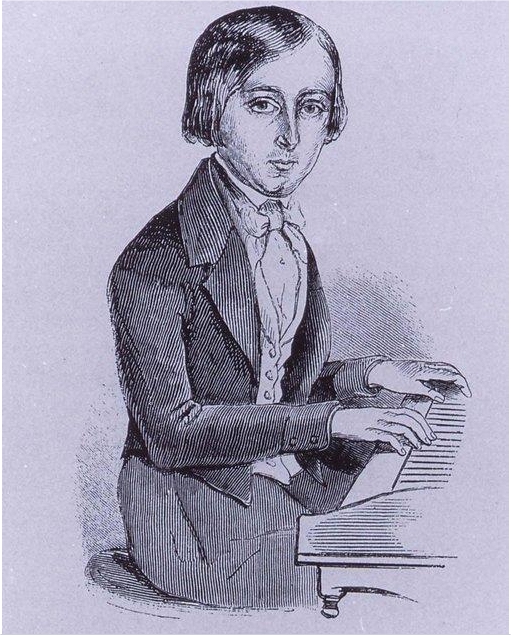|
Phaéton (Saint-Saëns)
''Phaéton'' (''Phaethon''), Op. 39, is a symphonic poem for orchestra, composed by Camille Saint-Saëns in 1873. It is the second in his genre's tetralogy, preceded by ''Le Rouet d'Omphale'' and followed by Danse macabre (Saint-Saëns), ''Danse macabre'' and ''La jeunesse d'Hercule''. The work was premiered at the Théâtre du Châtelet in 7 December 1873, performed by the Concert National conducted by Édouard Colonne. Despite its initial cool reception, the work has managed to remain in the borders of the repertoire, but is largely overshadowed in popularity by Danse Macabre. Background Hector Berlioz was an early influence of Camille Saint-Saëns, and his four programmatic symphonies paved the way for the introduction of the symphonic poem by Franz Liszt. While César Franck was the first French composer to write a symphonic poem between 1845–46, titled ''Ce qu'on entend sur la montagne'', it was neither performed nor published during the composer's lifetime. Unaware o ... [...More Info...] [...Related Items...] OR: [Wikipedia] [Google] [Baidu] |
Camille Saint-Saëns
Charles-Camille Saint-Saëns (, , 9October 183516 December 1921) was a French composer, organist, conductor and pianist of the Romantic music, Romantic era. His best-known works include Introduction and Rondo Capriccioso (1863), the Piano Concerto No. 2 (Saint-Saëns), Second Piano Concerto (1868), the Cello Concerto No. 1 (Saint-Saëns), First Cello Concerto (1872), ''Danse macabre (Saint-Saëns), Danse macabre'' (1874), the opera ''Samson and Delilah (opera), Samson and Delilah'' (1877), the Violin Concerto No. 3 (Saint-Saëns), Third Violin Concerto (1880), the Symphony No. 3 (Saint-Saëns), Third ("Organ") Symphony (1886) and ''The Carnival of the Animals'' (1886). Saint-Saëns was a musical prodigy; he made his concert debut at the age of ten. After studying at the Paris Conservatoire he followed a conventional career as a church organist, first at Saint-Merri, Paris and, from 1858, La Madeleine, Paris, La Madeleine, the official church of the Second French Empire, Fr ... [...More Info...] [...Related Items...] OR: [Wikipedia] [Google] [Baidu] |

